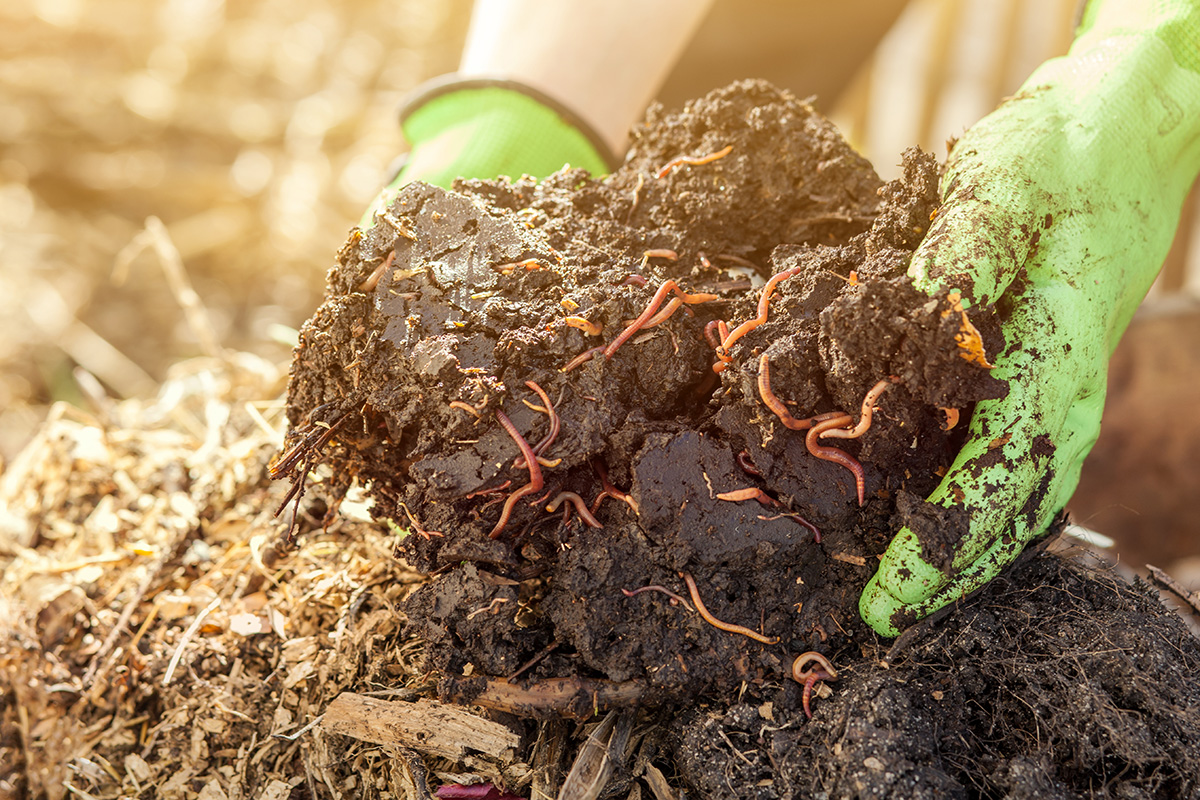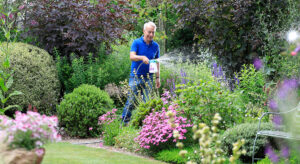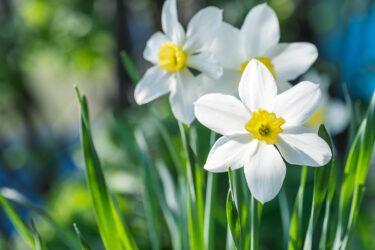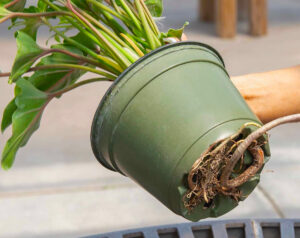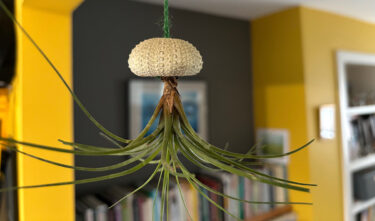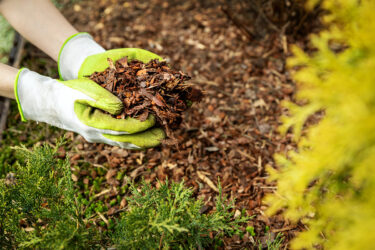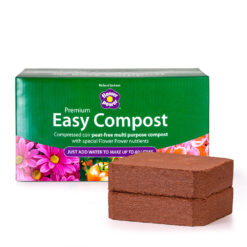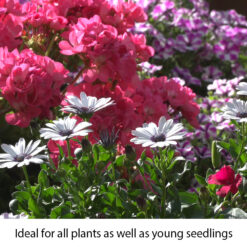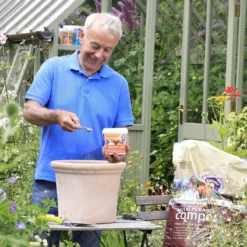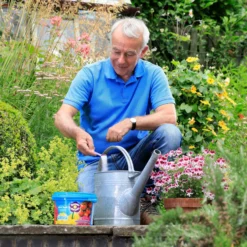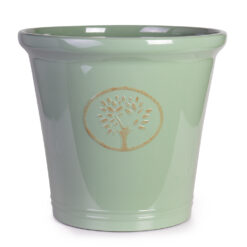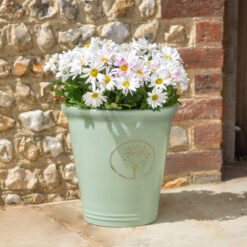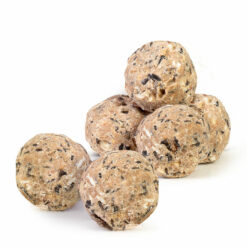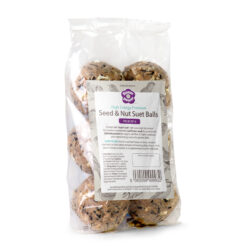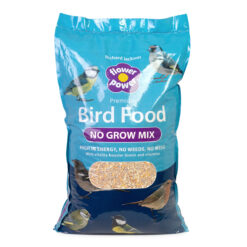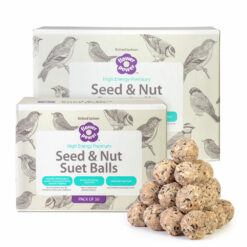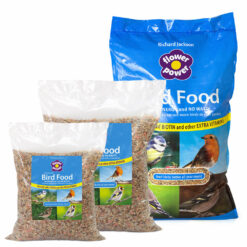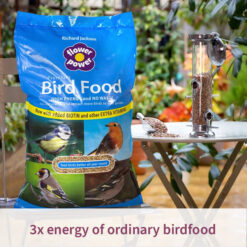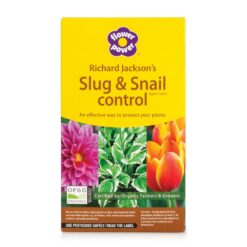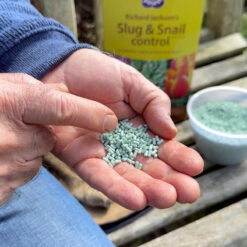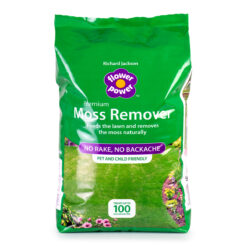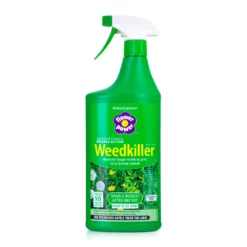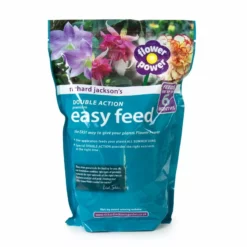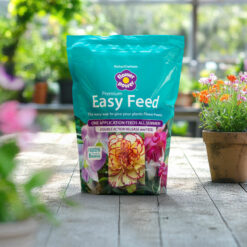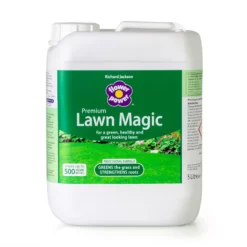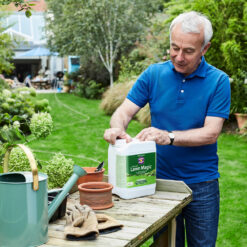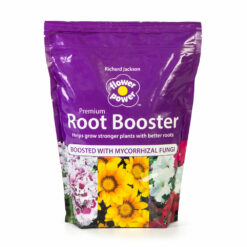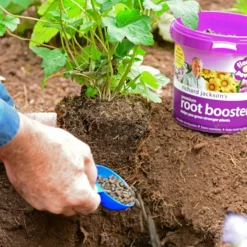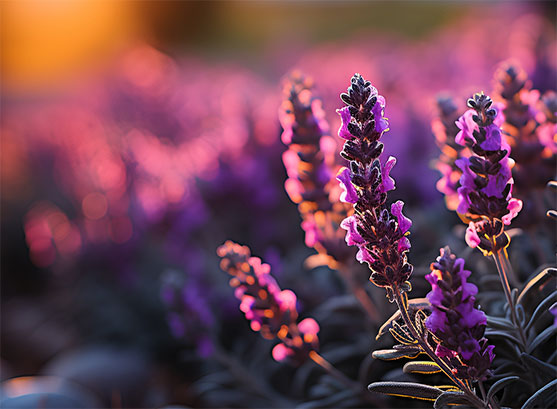Older visitors to the website may remember a very popular radio comedy programme in the 1950s/1960s called Beyond Our Ken. One of the characters, Arthur Fallowfield, had a famous answer whenever he was asked any question: “The answer lies in the soil!” And never was a truer thing ever said. Because the answer to strong, healthy, blooming plants does lie in the magic of the soil or compost they are growing in.
To my mind, especially when new plants are establishing, the roots are the most important part of the plant, and so the soil is the most important part of your garden. Roots not only anchor plants in place, they are the organs that absorb water and nutrients from the soil, ensuring strong growth. Sadly, some people are only interested in the “pretty bits”, the parts of the plant above ground and take no consideration of, or don’t appreciate, know or care about, what’s happening below ground level. Yet, this is crucial, and a healthy soil means strong, healthy plants that perform beautifully.
Soil types
For a soil to support strong, healthy plants, it needs to have an open, crumbly texture or, ideally, a good tilth. The perfect soil is a perfect loam, but most of us can only dream of having this. Sandy soils are very free draining, hold little in the way of water and nutrients, both of which quickly drain through. They can also be more-or-less sterile conditions for soil-dwelling creatures and microorganisms. Clay soils, on the other hand, have a natural innate fertility. They can hold on to water and nutrients and can support wide and large populations of those soil dwellers. Their big problem is that they form huge clods, can turn into quagmires in winter and concrete in summer, drying out so much that the soil cracks with subsequent ripping of, and damage to, the roots.
BOM! The muck
The answer to solving just about all your soil problems is BOM – bulky organic matter. This can be anything you can lay your hands on in bulk – home-made compost, leafmould, bagged soil improvers, well-rotted manure, spent mushroom compost, composted bark or anything else. This is all you need to improve sandy soils, which are often referred to as thirsty and hungry soils. For heavy clay soils, there is a holy trinity of soil improvers – BOM, sharp and gritty sand (but not any fine sands) and a flocculating agent, a chemical that helps break up the large clods into smaller pieces. In tests I’ve done on my Cambridgeshire clay soil, I’ve found that composted bark is the best BOM and agricultural/horticultural gypsum is the best flocculator. But, of course, I also make my own compost and leafmould.
Healthy soil – the underground magic

One of the main principles of organic gardening is if you feed the soil it will feed the plants – a healthy soil means healthy plants. And this means embracing nature and harnessing the power of the life going on in the soil. The soil should be teeming with a wide range of insects and other invertebrates, including earthworms, and the vital mix of different microflora and microfauna, beneficial bacteria and fungi, including mycorrhizal (root association) fungi. These are essential for soil and plant health, as they break down organic matter to create the all-important humus and release nutrients into the soil. And this is another reason why BOM is crucial – it is the lifeblood of the soil and what these organisms feed on. No organic matter means no organisms, another reason why very sandy soils produce poor plant growth.
No-dig gardening
Recently, there has been a surge in popularity of no-dig gardening. As its name suggests, this means leaving the soil undisturbed without any cultivation. If you grow your veggies and other plants in raised beds, then you’re probably already practicing no-dig. But even more recently, this has spread to beds and borders. Growing areas are simply prepared by mulching/covering the soil with a layer of BOM and plants are grown directly in this layer. In the last few years, more and more benefits of no-dig throughout the garden have come to light. These include:
Soil health. No-dig promotes the essential microorganisms that make soil healthier and richer. Cultivating the soil disturbs the fungal networks and disrupts the natural processes that occur within it.
Soil structure. Cultivation can damage soil structure by destroying the natural drainage channels made by worms etc. No-dig preserves and improves soil structure, improving its overall health and reduces soil erosion.
Environment. Soil stores carbon and no-dig helps to lock it in, cultivation releases it, preventing a build-up of the greenhouse gas carbon dioxide in the environment.
Fewer weeds. No-dig keeps the soil covered, reducing the number of weed seeds that germinate.
So, if your plants aren’t doing as well as they should, the answer probably lies in the soil!

